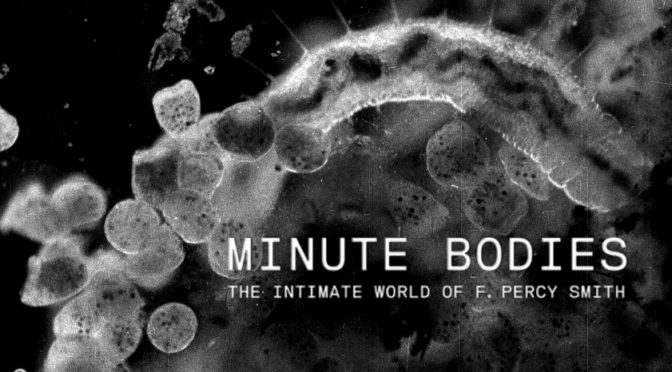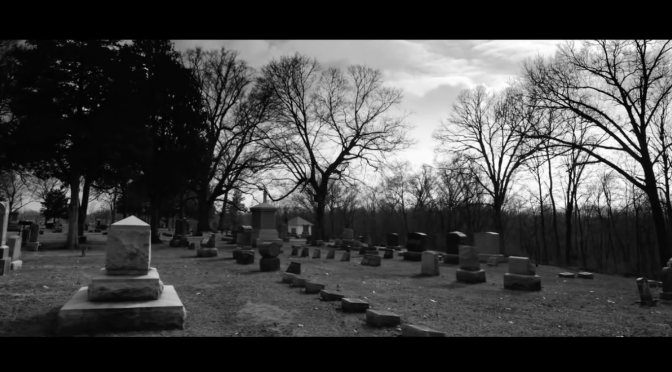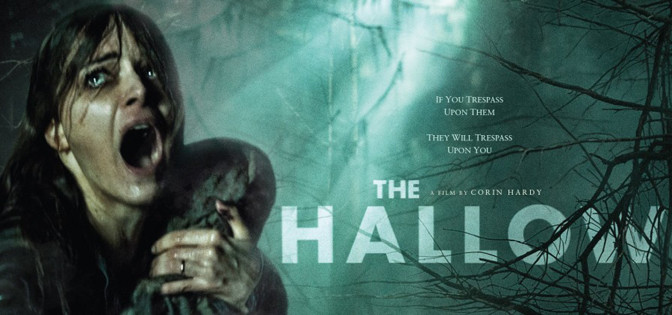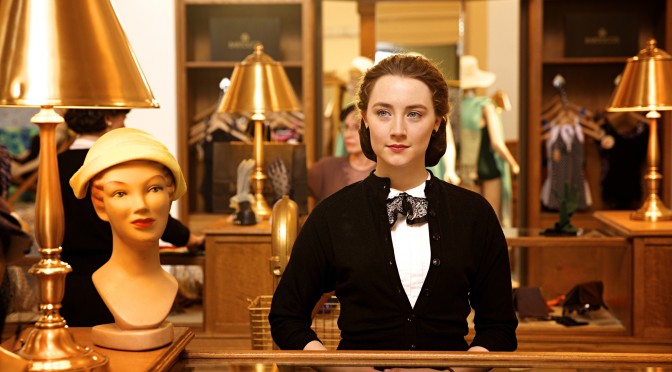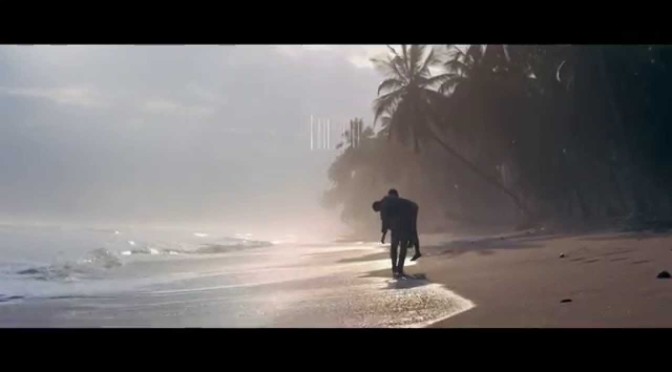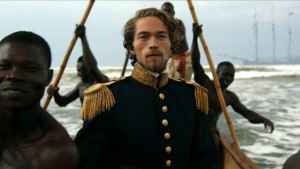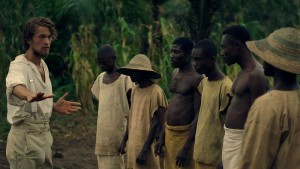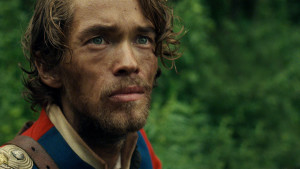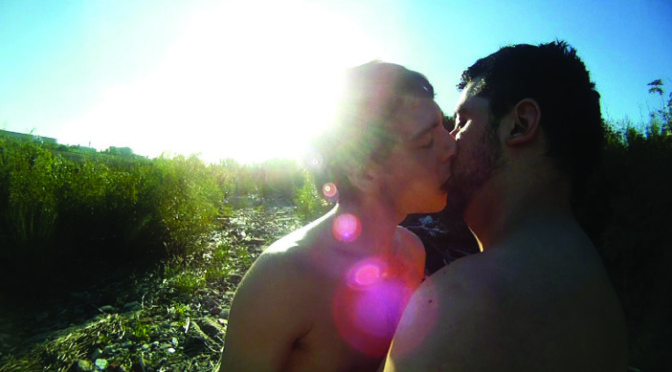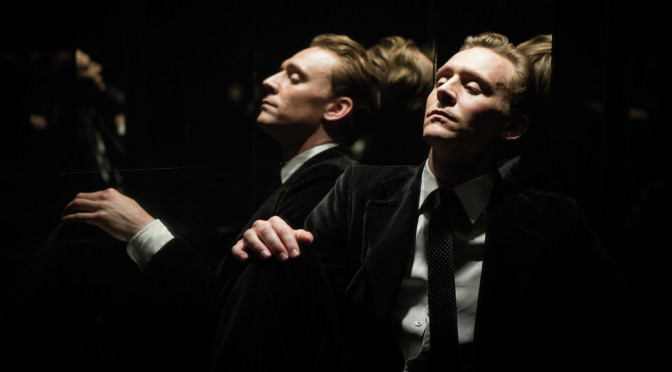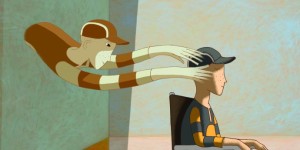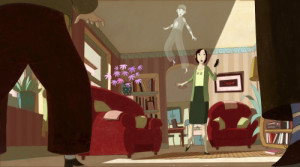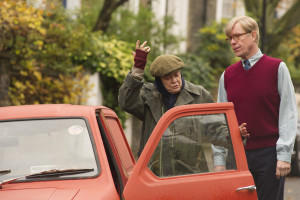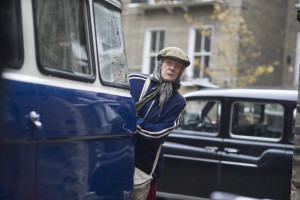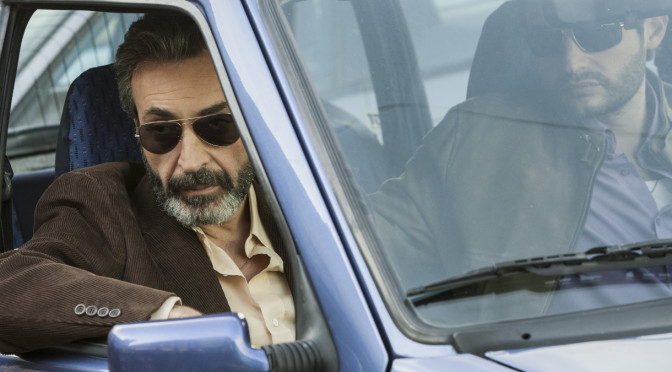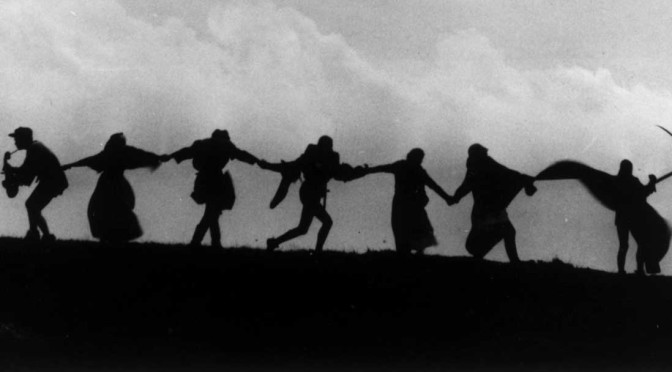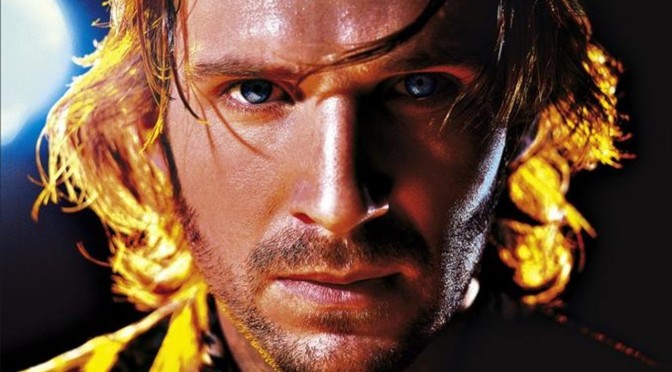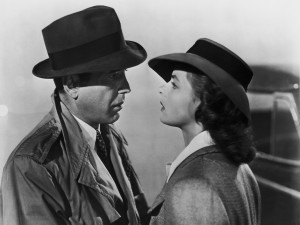Presentazione a cura degli studenti del progetto “CoVisions-19”
L’emergenza Covid-19 ha modificato significativamente la vita accademica. Anche noi, studenti del corso di “Storia e Teoria della Fotografia”, non possiamo svolgere regolarmente le lezioni in aula. Per questo motivo, superando la distanza fisica, siamo stati coinvolti dalla professoressa Basano nella creazione di un progetto fotografico che risponde alla parola chiave “isolamento”. Il nostro obiettivo è ragionare sulle possibilità comunicative della fotografia e sul suo linguaggio, stimolare la creatività e superare i limiti fisici dell’isolamento. Il voler dar voce a “CoVisions-19” ha fatto sì che ognuno di noi prendesse parte al coro che si è levato, creando un filo conduttore tra gli studenti e legandosi ad altri progetti come quello del blog CineD@ms che pubblica qui la presentazione del nostro lavoro.
Se qualche mese fa avessimo potuto dare uno sguardo al futuro e ci fossimo visti chiusi in casa tra parole come quarantena e virus, probabilmente avremmo pensato di aver confuso il nastro della nostra vita con quello di qualche film apocalittico a tema contagio globale. Proprio perché inaspettato, questo momento ci ha colto impreparati, soprattutto concretamente e ideologicamente. Il tempo, più o meno lungo, di cui abbiamo avuto bisogno per comprendere cosa stesse succedendo intorno a noi (e poi proprio a noi), è terminato quando ci siamo ritrovati in casa ad ascoltare o leggere il “divieto assoluto di lasciare la propria abitazione”.
Anche i più restii a capire quello che realmente stava accadendo, dopo un ultimo e sicuro aperitivo e un’ultima boccata di sana aria fresca, hanno compreso infine che, forse per la prima volta, per superare questo momento sono necessarie la partecipazione e collaborazione di tutti. Non abbiamo dovuto attendere molto per vedere il risultato degli impegni di ognuno di noi ridotti improvvisamente a zero: social e canali media ci hanno però aiutato a condividere le soluzioni più innovative o divertenti alla condizione di isolamento. Abbiamo visto, sulla colonna sonora del virus in crescita, sport in casa e cori dai balconi, battute, grandi discorsi, scontri e incontri. Abbiamo visto nelle reazioni individuali una nuova collettività, un senso di appartenenza, gli uni agli altri e tutti allo stesso paese, che non si vedeva da tempo.
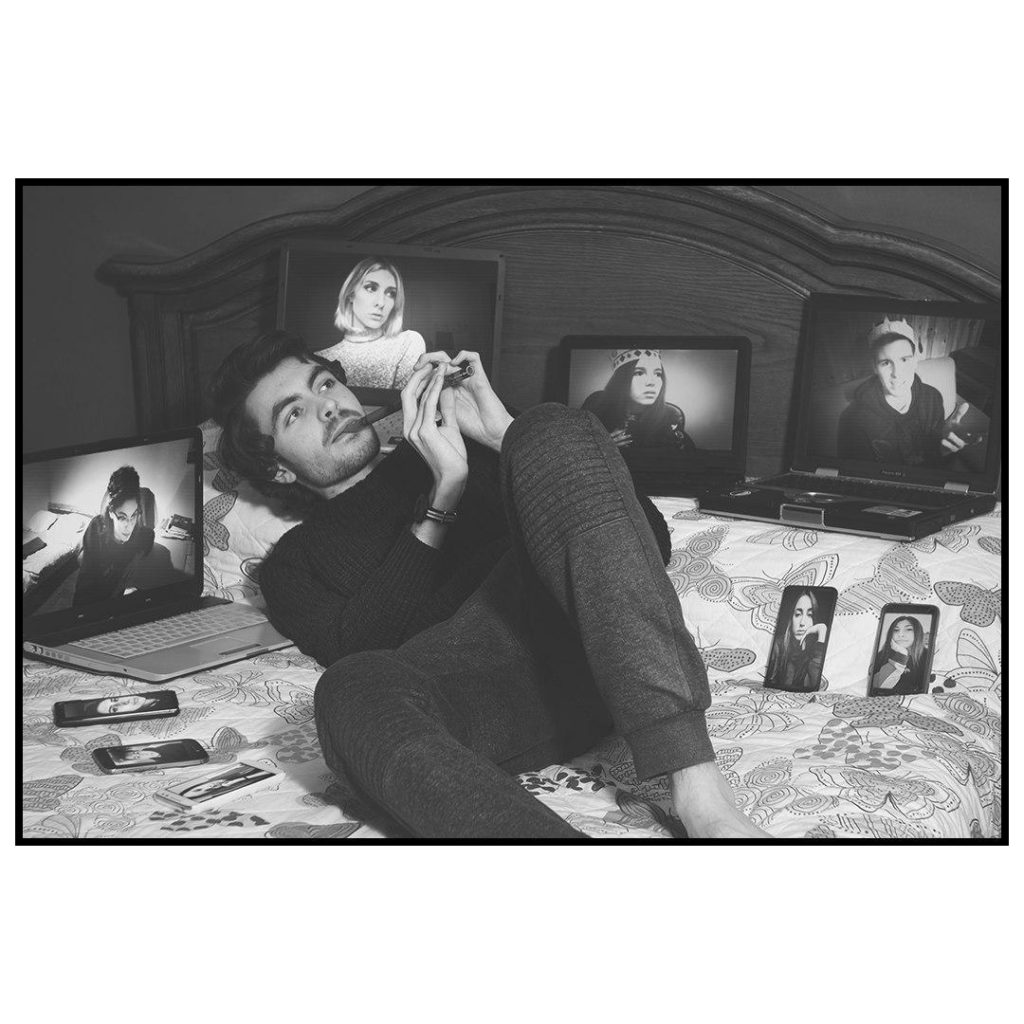
Foto in alto: “Autoritratto in isolamento (2)” di Eva Petrillo
Nel nostro caso, grazie al corso della prof.ssa Roberta Basano “Storia e teoria della fotografia”, abbiamo avuto la possibilità di partecipare di un mondo che non può essere quello che è se vissuto individualmente: la fotografia. L’atto di creazione di una fotografia non si limita allo scatto: l’immagine esige di essere mostrata, condivisa, esplicitata. La fotografia vuole dibattiti, scontri e prese di posizione. In breve, la fotografia è uno tra i tanti linguaggi artistici che incorpora in sé tanta più forza quando essa è condivisa. È proprio a questo scopo che nasce il progetto intitolato “CoVisions-19”. Questo consiste nel condividere, dapprima su archivi online ed ora sui social, fotografie che rispondano allo stesso tema. In questa prima fase ci siamo impegnati per realizzare scatti che rispondessero alla parola “isolamento”.
I risultati – caricati quotidianamente sulla pagina Instagram @covisions_19 – mostrano come un momento di frustrazione possa essere usato per creare, e come anche i sentimenti negativi o i momenti difficili possano trovare un loro sfogo creativo. “CoVision-19” permette alla fotografia di prendersi un piccolo spazio di espressione e comunicazione, attraverso diverse immagini e attraverso le parole che ne sono la cornice. Il progetto, però, non serve solo a ricordarci la forza dell’arte e l’importanza del legame tra immagine e descrizione, serve anche a dare prova della potenza della creatività. Ci mostra quanto sia forte una mente che crea e quanto siano belle le idee che da essa nascono. Le fotografie nate in questo progetto sono la prova di come la risposta di ognuno di noi al mondo contagiato di oggi possa creare qualcosa di bello.
Gli studenti del progetto “CoVisions-19”


